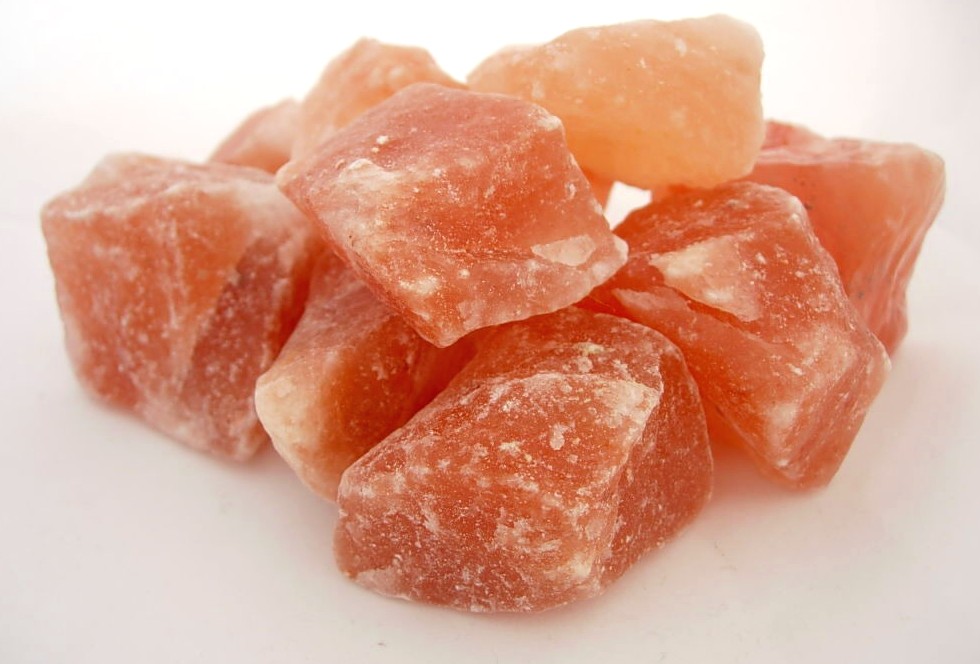By Lana May Many doctors agree: pure minerals and salt are essential for health. Salt often gets maligned in the media, but the truth is salt and minerals are essential for our bodies to function properly. Salt is the main component of the body's extra-cellular fluids, and helps carry nutrients into the cells. Sodium helps regulate other body functions, such as blood pressure, helping to keep our blood pressure normal. But quite simply, not all sources of sodium and salt are the same.
Many doctors agree: pure minerals and salt are essential for health. Salt often gets maligned in the media, but the truth is salt and minerals are essential for our bodies to function properly. Salt is the main component of the body's extra-cellular fluids, and helps carry nutrients into the cells. Sodium helps regulate other body functions, such as blood pressure, helping to keep our blood pressure normal. But quite simply, not all sources of sodium and salt are the same.
When it comes to the power of natural salt, nothing compares to Himalayan crystal salt.
100% natural, Himalayan pink salt is one of the purest salts available on earth. It is the oldest, healthiest, and most delicious salt in the world.
Himalayan crystal salt is far superior to traditional iodized salt which is extremely toxic. Himalayan salt is millions of years old. It is a pure form of salt, untouched by many of the toxins and pollutants that pervade other forms of ocean salt.
Himalayan crystal salt contains the same 84 natural minerals and elements found in the human body; and they are in an ionic form (see the impressive list of elements below). It is therefore more easily absorbable and much more use-able by our bodies than any sea salt. However, not all of the ingredients in Himalayan salt are technically minerals; some, such as hydrogen and oxygen, are elements but not minerals. Spectral analyses done on Himalayan salt show that it contains both macrominerals, such as calcium and chloride, as well as trace minerals including iron and zinc. The pink in Himalayan salt comes from iron oxides.
This crystal form of salt has also been maturing over the past 250 million years under intense tectonic pressure, creating an environment of zero exposure to toxins and impurities.
What is more, this salt’s unique cellular structure allows it to store vibrational energy. Its minerals exist in a colloidal form, meaning that they are tiny enough for our cells to easily absorb them.
The health benefits of using natural Himalayan crystal salt may include:
- Controlling the water levels within the body, regulating them for proper functioning
- Promoting stable pH balance in the cells, including the brain
- Encouraging excellent blood sugar health
- Aiding in reducing the common signs of aging
- Promoting cellular hydroelectric energy creation
- Promoting the increased absorption capacities of food elements within the intestinal tract
- Aiding vascular health
- Supporting healthy respiratory function
- Lowering incidence of sinus problems, and promoting over-all sinus health
- Reducing muscle cramps
- Increasing bone strength
- Naturally promoting healthy sleep patterns
- Creating a healthy libido
- In combination with water, it is necessary for blood pressure regulation
- Prevents cellulite, when compared to table salt
- Reduces chances of developing rheumatism, arthritis and gout, and improves joint movement when compared to common chemically treated salt
- Reduces chances of developing kidney and gall bladder stones when compared to common chemically treated salt
- More regular bowel movements
- Increased energy, and better sleeping
- Reduced duration of colds and flu
- Adds delicious flavor in cooking: coating nuts, snacks, chips, popcorn, beverage applications, cooking, grilling, salt shakers, drink rimmer, roasting, seasoning, spice rubs
- As a bath salt, Himalayan salt has long been praised for its healing benefits; and is known for stimulating circulation, soothing sore muscles, helping to reduce acid reflux, lowering blood pressure, and removing toxins
Table Salt & Sea Salt
Many people are unaware that common table salt is actually full of many forms of chemicals and even sugar! Salt, while necessary for life as we know it, can be dangerous if taken in this chemical form. Commonly sold table salt is composed of 97.5% sodium chloride and 2.5% chemicals like iodine and absorbents, and sugar. Common salt is also dried at more than 1,200° Fahrenheit, a process which zaps many of the natural chemical structures of naturally occurring salt.
Many people believe sea salt is a healthy alternative to table salt, but this is no longer the case. The oceans are being used as dumping grounds for harmful toxic poisons like mercury, PCB's and dioxin. Reports of oil spills polluting the sea are becoming more frequent. With some 89% of all the sea salt producers now refining their salt, today's sea salt simply isn't as healthy as it used to be.
Sea salt may dehydrate the body whereas Himalayan salt actually hydrates our tissue! Himalayan salt and water will help detoxify the body and balance the body’s pH. Sea salt is difficult to digest and assimilate for our bodies because it is not at the organic mineral electrolyte size which is immediately usable in our blood and cells. No digestion is required for Himalayan salt. It is therefore immediately available for use throughout the body shortly after drinking some dissolved in water – unlike sea salt! .
Why Minerals are Important
Minerals are the foundational nutrient for the entire body. Every process in the body requires minerals and enzymes. Studies have shown that everyone with a disease has at least one major mineral deficiency. Mineral deficiencies are also present with those dying of natural causes. Organic minerals at a molecular level are also referred to as electrolytes.
Know this – organic ionic salt as electrolyte minerals is required as the foundational building material for everything in our bodies. All enzymes and protein production in our bodies depend upon minerals. Cellular hydration and the elimination of cellular acid wastes of metabolism depends totally upon electrolyte minerals! Add a pinch to your water throughout the day. If you focus on ‘how you feel’, then your body will cue you to give it more or less salt – depending upon what your body requires.
Use of salt is a very inexpensive, safe and homeopathic method for getting the necessary minerals and electrolytes our bodies need. You can make salt water, so replenishing our bodies with pure, unrefined, ionic and colloidal natural salt and clean water is essential to our overall well-being. This natural remedy is beneficial for adults, children and pets.
Learn more about or purchase Himalayan Pink Salt in the boutique at Bikram Yoga Paradise Valley!
List of Elements Found Naturally in Himalayan Pink Salt








